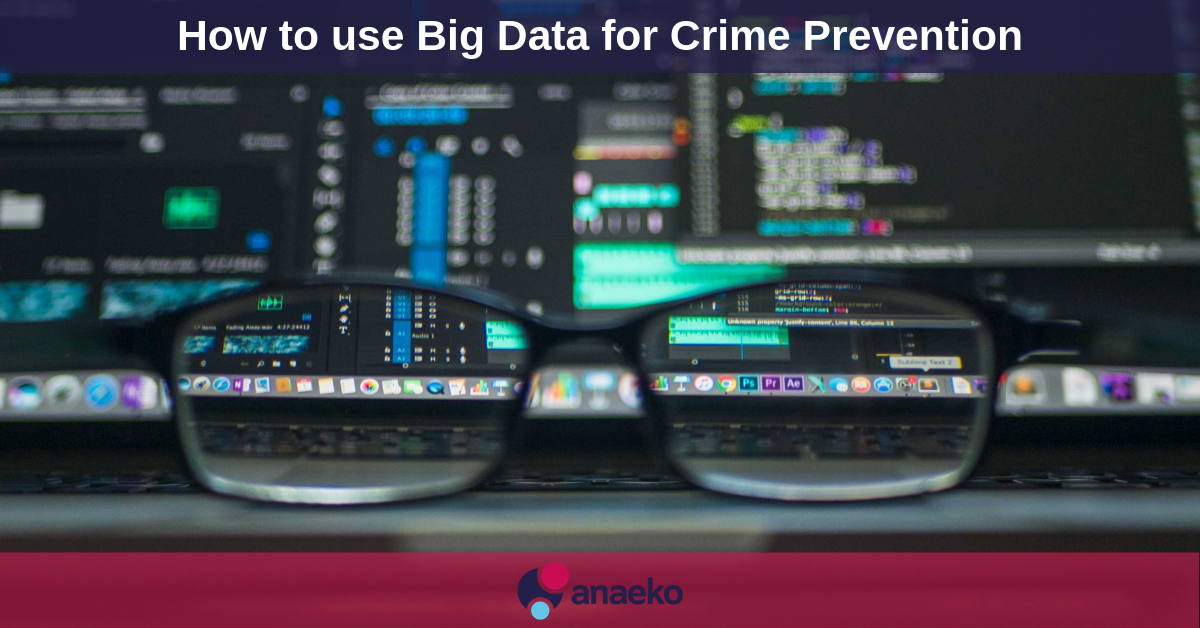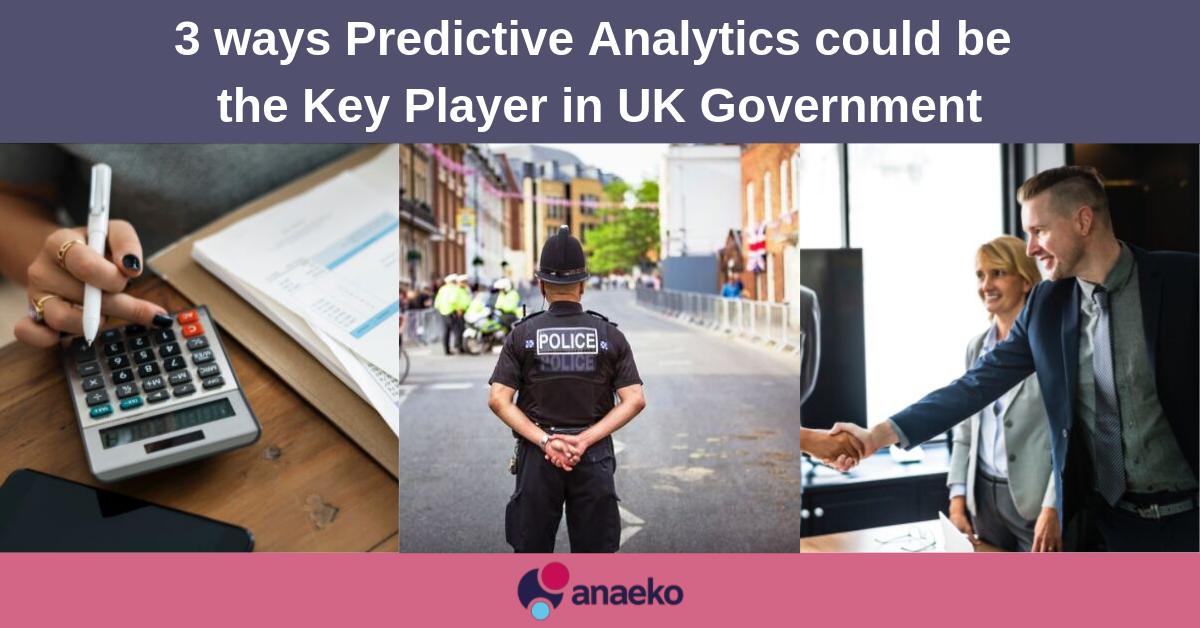
Crime Prevention
Imagine the possibility of preventing a fatal offence. This happens more commonly than the public are aware of, all thanks to technology. One example of crime prevention- in 2015, a teenager in England was taken into care after it was revealed he had been researching gun types and nearby school locations to possibly carry out a school shooting. Authorities were able to intervene as the teenager had been flagged as a vulnerable threat.
Government Departments

These sorts of attacks are prevented everyday thanks to the use of technology and interlinked departmental work. The idea behind using data for crime prevention is that individuals are flagged by the system and are offered interventions such as counselling, to avert potential criminal behaviour. It was revealed at the end of 2018 that the UK was developing an AI-Powered predictive policing system to focus more on who will commit a crime. This system, known as the National Data Analytics Solutions (NDAS) is used to try and assess the risk of someone committing or becoming a victim of gun/knife crime and the likelihood of someone falling to modern slavery. This comes as a result of the Home Office and the National Crime Agency introducing two new strategies that focus on;
- Tackling violent crime
- Tackling knife and acid crime
- Tackling modern slavery
The NDAS has both a regression and classification element to it. From the multiple data sets collected from several police forces they are able to categorise who is likely to commit a crime based on the variables given. However, they are also able to predict future potential criminals by monitoring individuals known to the police and evaluating whether they may be on the trajectory of violence similar to that observed in past cases. This sort of crime prevention is being implemented worldwide. In the US, the Los Angeles Police Department worked together with UCLA to develop a program called PredPol which uses scientific analysis of crime data to help spot patterns of criminal behaviour. Now PredPol is used by more than 60+ police departments to identify areas in a neighbourhood where serious crimes are more likely to occur during a particular period.
Prevention Ethics

With any company building or running the programs, they must be consciously aware of the ethical and questionable arguments behind crime prevention. Using data can promote further bias and stereotypical behaviour which is already a stigma associated with the Police Force in the UK. Historical data from police practices can create a feedback look through which algorithms make decisions that reflect and reinforce attitudes about the 'good' and 'bad' neighbourhoods. Society must maintain a critical perspective on the use of AI on moral and ethical grounds.
Anaeko believe that data should be the backbone of all decisions. We specialise in Integrated Analytics services and deliver intelligent reports driven by Machine Learning and Domain knowledge to enable you to make the right decisions. If you are curious about data or just want to learn more about how we can help your organisation, just talk to our team!
Anaeko also specialise in Cloud Integration services, feel free to download our latest datasheet on Cloud Integration services.
Topics: Data Analytics, Government, Machine learning, Predictive analytics, Artificial Intelligence, ethics, Big Data, Crime Prevention, Predictive Policing




